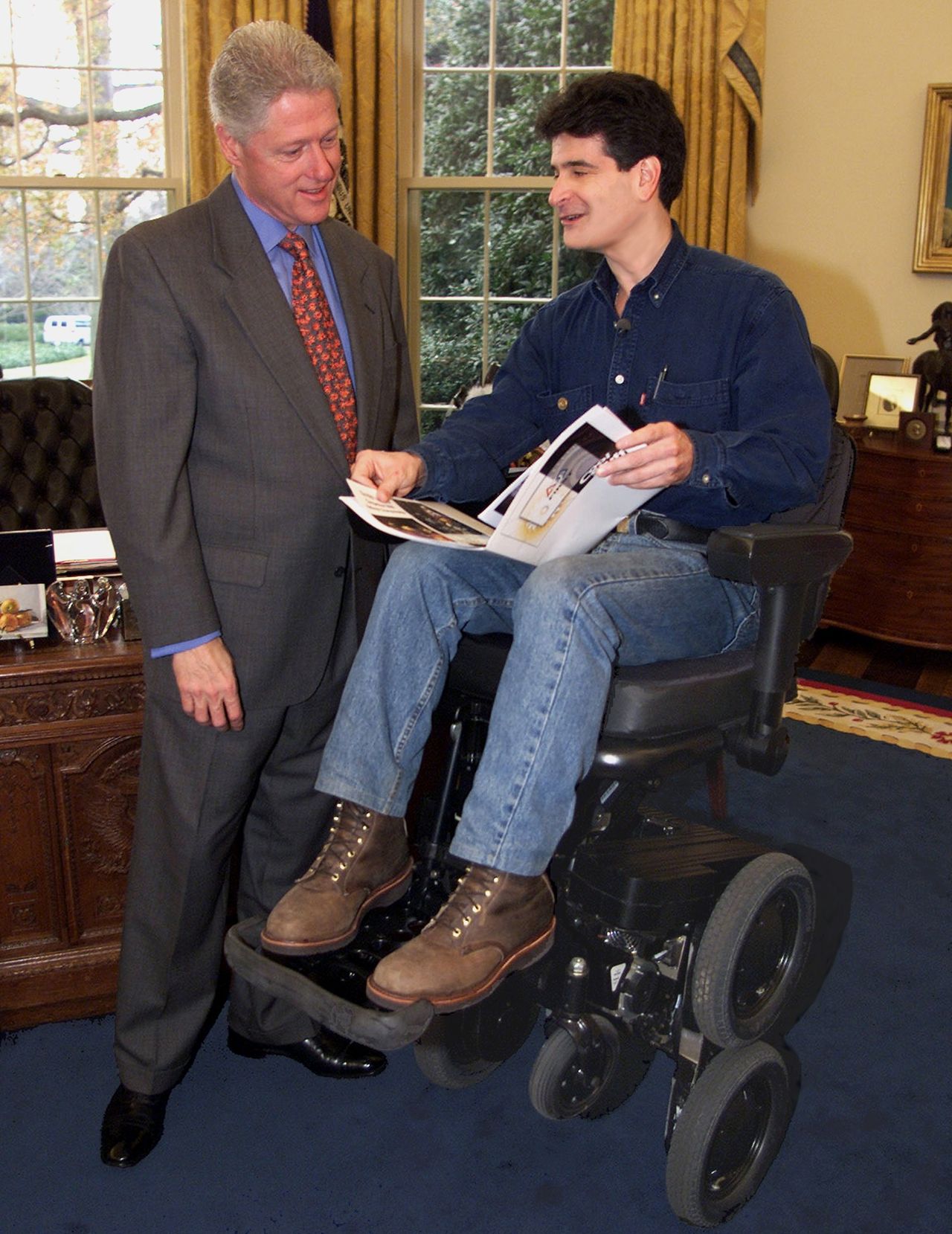Leapfrogging a Problem: Reinventing the Wheel
Many years ago I picked a documentary for Saturday movie night (my idea of fun), it was about Dean Kamen, the inventor of the Segway. That was the clickbait for me, but the documentary was about his approach to work and mostly focused on a portable dialysis machine and water purification. The documentary was fascinating, I was amazed by how Dean Kamen approached his work, and it inspired me to write this article.
Leapfrogging is the act of bypassing intermediate steps to arrive at a solution by innovating beyond the current limitations. This approach is often necessary when traditional methods and tools fall short, requiring a new perspective and the creation of novel solutions.
Dean Kamen and the Modern Dialysis Machine
Dean Kamen, an inventor known for his groundbreaking work, faced a significant challenge when tasked with improving dialysis machines. The existing machines were large, cumbersome, and not feasible for widespread, portable use. Instead of attempting incremental improvements to the old technology, Kamen took a different approach. He reinvented the dialysis machine entirely, making it smaller, more efficient, and portable. This innovation not only improved the lives of kidney patients but also led to an unexpected breakthrough in water purification technology.
Kamen’s leapfrogging approach—bypassing incremental changes and creating a fundamentally new solution—enabled him to solve a problem that seemed impossible with existing tools. By thinking beyond the current limitations, he was able to tackle a critical issue in a way that no one had imagined before.
Innovating Beyond Traditional Tools
This principle of leapfrogging extends beyond medical technology and can be observed in various fields. Growing up in a family that owned a car shop, I witnessed firsthand how mechanics often had to invent their own tools. When faced with a problem that couldn’t be solved with available tools, they would craft their own, tailored to the specific challenge at hand. Sometimes, the necessary tools were not available in the market, or they were prohibitively expensive. These mechanics exemplified the leapfrogging mentality, creating solutions where none existed.
Leapfrogging in Software Engineering
In the software industry, engineers often default to creating their own tools to solve problems, thinking that coding their own solutions is the only way. While this approach can lead to innovation, it can also result in reinventing the wheel and wasting valuable time and resources.
Plan A - Don’t reinvent the wheel!
Sometimes, the best solution is to incorporate existing tools or technologies in new ways rather than starting from scratch. Maybe an open-source library can be used to solve the problem, but it’s limited in some way. Instead of creating a new library from scratch, the existing one can be extended or modified to meet specific requirements. This can even take the form of an Open Source contribution, where the tool is improved for everyone.
Plan B - Do reinvent the wheel!
When running out of options, and nothing “perfectly fits” the problem, starting from scratch might be the necessary approach. It’s the hardest way, but it can lead to the most innovative solutions. This is the leapfrogging mentality in action, creating something entirely new to solve a problem that existing tools cannot address.
Embracing a Leapfrogging Mentality
Solving hard problems often demands a leapfrogging mentality. This means recognizing when the tools at hand are insufficient and having the creativity and courage to envision and create new tools. It involves stepping back from the problem, understanding its core, and thinking outside the conventional frameworks to devise innovative solutions.
Leapfrogging is not just about making incremental improvements; it’s about making a quantum leap in problem-solving. Dean Kamen’s work, the inventive mechanics in the car shop, and the innovative software engineers who integrate new tools all exemplify this approach. By embracing a leapfrogging mentality, we can overcome seemingly insurmountable challenges and drive progress in ways we never thought possible.
Dean Kamen

Dean Lawrence Kamen (born April 5, 1951) is an American engineer, inventor, and businessman. He is known for his invention of the Segway and iBOT, as well as founding the non-profit organization FIRST with Woodie Flowers. Kamen holds over 1,000 patents. (wikipedia)